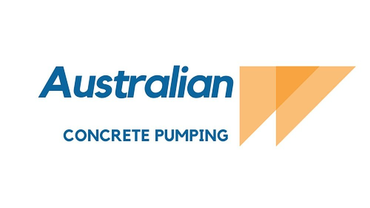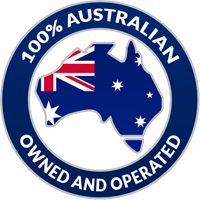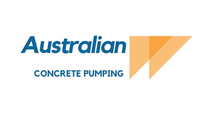Discover our story
We handle all Concrete issues, big or small, with skill and expertise.
For many years, Australian Concrete Pumping has been servicing the East Coast of Australia for Concrete Supply, Pumping and finishing. With Concrete contractors in most large cities, we have the expertise, capabilities and professionalism to deliver on all jobs, big or small.
Get in Touch with our team today to have the best Concrete pumping company in Australia visit your next worksite.
Concrete Pumping
A concrete pump is a maker used for transferring liquid concrete by pumping. There are two kinds of concrete pumps.
The first type of concrete pump is attached to a truck, or more extended units are on semi-trailers. It is called a boom concrete pump because it utilises a remote-controlled articulating robotic arm (called a boom) to place concrete accurately. Boom pumps are used on most of the more significant construction tasks as they can pumping at really high volumes and because of the labour-saving nature of the placement boom. They are an innovative alternative to line-concrete pumps.
The second main kind of concrete pump is either installed on a truck or put on a trailer, and it is typically referred to as a line pump or trailer-mounted concrete pump. This pump needs steel or versatile concrete, placing hose pipes to be manually attached to the machine's outlet. Those hose pipes are linked together and cause any place the concrete needs to be positioned. The hoses' length usually varies 10', 12.5', 25' and 50' depending upon the diameter of the hose pipe. Line pumps generally pump concrete at lower volumes than boom pumps. They are utilised for smaller volume concrete putting applications such as pool, pathways, single-family home concrete slabs and the majority of ground pieces.
Likewise, there are skid installed, and rail mounted concrete pumps, but these are unusual and just utilised on specialised job sites such as mines and tunnels.
What is Concrete?
Concrete is composed of aggregates (crushed rock and sand) bonded together with 'cementitious' binders (cement) and water, which then solidifies in time as soon as laid in place. Typically coarse gravel or crushed rocks from Quarries, along with more refined materials such as sand, supply the required aggregate part.
What is concrete used for?
Being among the most flexible building materials, concrete is utilised in lots of building forms in Australia. Concrete can be used in property driveways, home structures, walls, and extensive facilities, consisting of for the foundations of high rise structures, lift shafts and significant roads. Filling pre-made moulds with concrete is referred to as 'pre-cast'. Pre-cast concrete has many applications, including tunnelling and bridge sections.
How is concrete made?
Concrete production is the procedure of integrating water, aggregates, cementitious binders and additives. These various 'ingredients' are combined at a specialised centre known as a 'batching' plant. A batching plant includes large storage silos for the different reactive elements like cement and bulk ingredients like aggregates and water.
The plants likewise include systems for adding various additives and machinery to properly weigh, move, and blend some or all of those components and centres to load the combined concrete, often into a concrete 'agitator' (truck). Depending upon the end product's proposed application, additional ingredients to the concrete can consist of mixers, heating systems, chillers, colour ingredients and so on. Concrete production is time-sensitive. As soon as the ingredients are combined, employees need to put the concrete in place before it hardens.


